16 Movies Boomers Grew Up Loving That Millennials Are Just Discovering
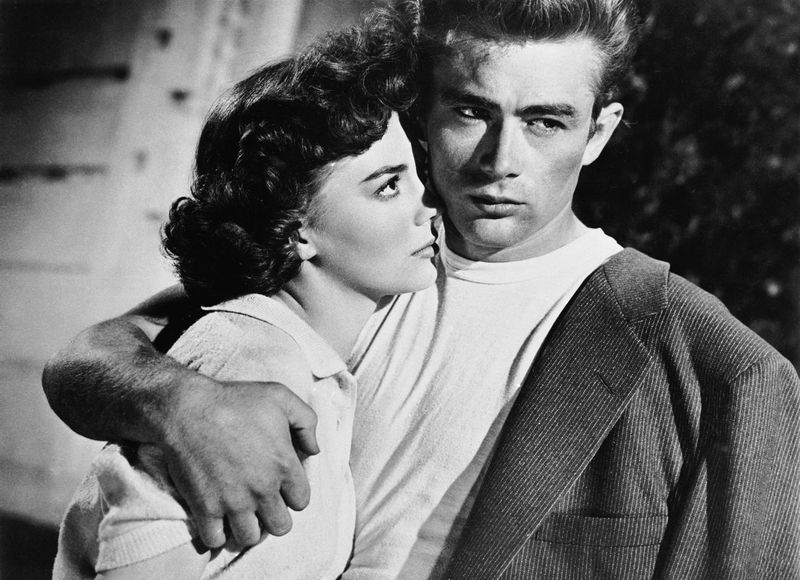
Baby Boomers experienced cinema in ways that today’s digital natives can’t imagine. But something magical is happening – millennials are discovering these timeless classics through streaming services and film school recommendations. These aren’t just old movies; they’re cultural landmarks that shaped how we see storytelling, society, and ourselves.
1. The Graduate (1967)
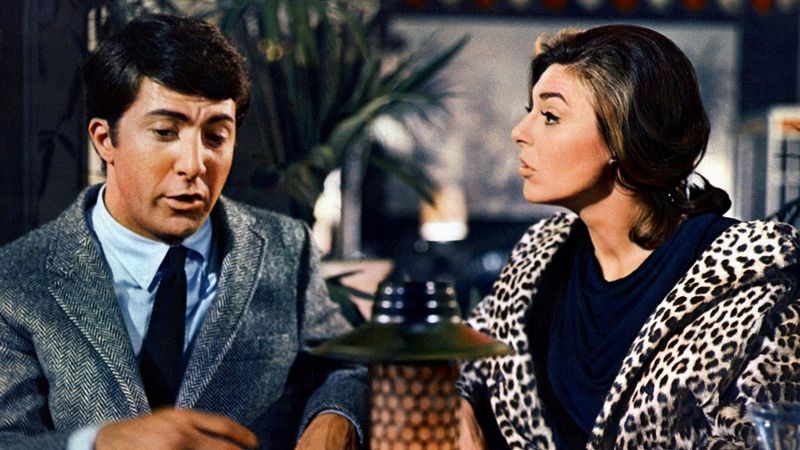
“Mrs. Robinson, you’re trying to seduce me.” This line launched Dustin Hoffman’s career and captured the anxiety of a generation. The film follows Benjamin Braddock, a recent college graduate uncertain about his future, who gets entangled in an affair with an older woman while falling for her daughter.
The film’s innovative cinematography and Simon & Garfunkel soundtrack created a new language for American cinema. Its themes of generational disconnect and societal expectations remain startlingly relevant today.
Millennials discovering this classic often express surprise at how modern its examination of post-college confusion feels, proving some life experiences transcend generations.
2. Butch Cassidy and the Sundance Kid (1969)
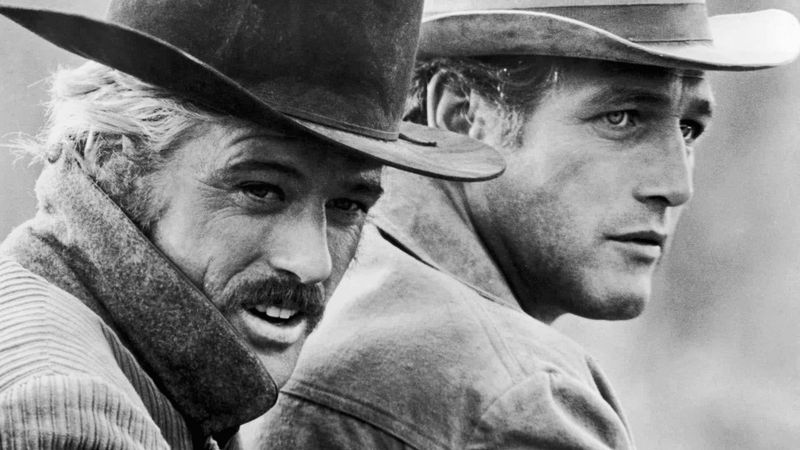
Before bromance was a term, Paul Newman and Robert Redford defined it in this legendary western. Their chemistry as charming outlaws on the run created one of cinema’s most beloved partnerships.
The film brilliantly balances humor and tragedy, featuring that unforgettable freeze-frame ending that left audiences breathless. Director George Roy Hill’s innovative approach turned western conventions upside down, replacing gritty realism with buddy comedy charm.
Many millennials find themselves drawn to the film’s perfect blend of adventure and friendship. The iconic bicycle scene set to “Raindrops Keep Fallin’ on My Head” demonstrates how a simple moment can become cinematic gold.
3. Easy Rider (1969)
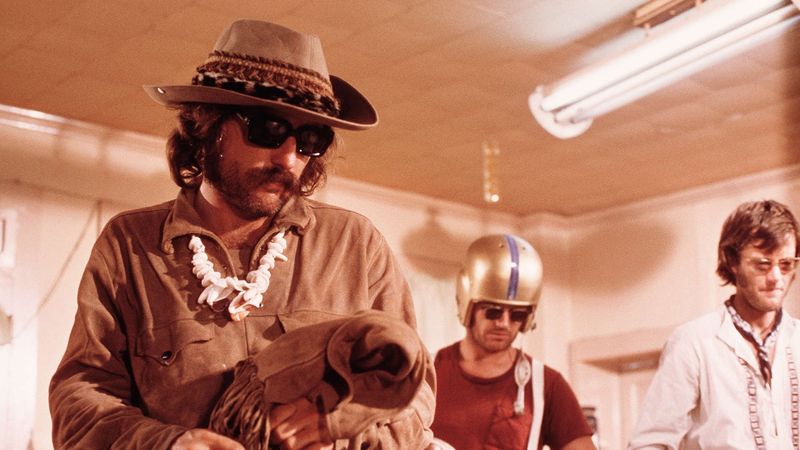
Motorcycles, freedom, and the open road defined this counterculture manifesto that captured America’s changing spirit. Dennis Hopper and Peter Fonda embodied the rebellious soul of the 1960s as they journeyed across a fractured America.
Shot on a shoestring budget, the film’s raw energy and rock soundtrack revolutionized Hollywood. Its exploration of freedom versus establishment connected deeply with young audiences questioning authority and conventional lifestyles.
Millennials often discover Easy Rider through its incredible soundtrack featuring Steppenwolf’s “Born to be Wild.” The film’s tragic ending still sparks conversations about intolerance and the American dream, making it required viewing for each new generation.
4. Midnight Cowboy (1969)
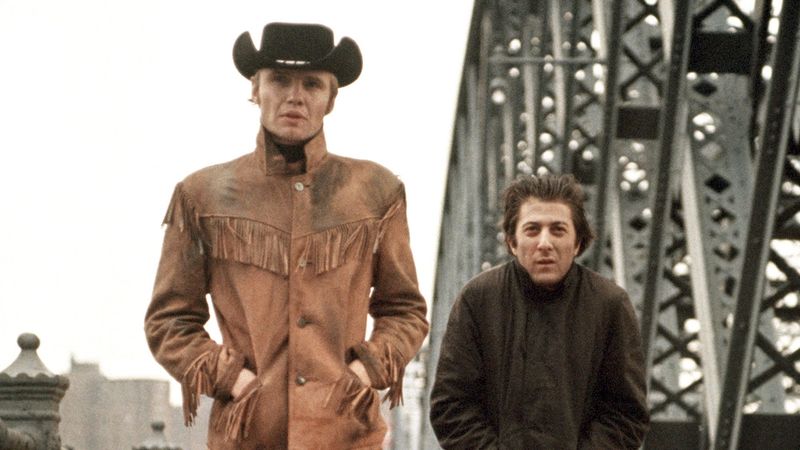
“I’m walkin’ here!” Dustin Hoffman’s improvised line perfectly captures this gritty, unflinching portrait of New York City’s underbelly. The film follows naive Texan Joe Buck (Jon Voight) who moves to New York hoping to become a male prostitute, only to form an unlikely friendship with sickly con man Ratso Rizzo.
As the only X-rated film ever to win Best Picture, it broke barriers with its frank depiction of sexuality, poverty, and urban alienation. The contrast between Joe’s naive optimism and Ratso’s street-hardened cynicism creates a powerful dynamic.
Young viewers discovering this classic often remark on its emotional rawness that surpasses many modern dramas.
5. Bonnie and Clyde (1967)
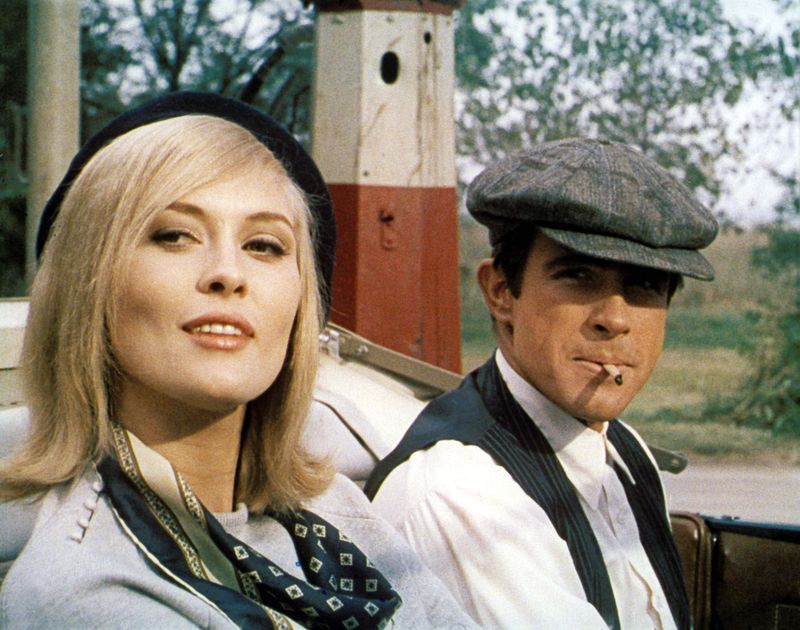
Warren Beatty and Faye Dunaway transformed American cinema with their stylish portrayal of the notorious bank-robbing couple. Their glamorous outlaw image, despite their violent crimes, captivated audiences and launched a fashion revolution.
The film’s unprecedented violence, particularly its shocking bullet-riddled finale, changed how Hollywood depicted brutality on screen. Director Arthur Penn deliberately blended comedy, romance, and shocking bloodshed to create a morally complex viewing experience.
Millennials often express surprise at the film’s modern editing techniques and sexual frankness. Its influence extends beyond cinema into fashion, with Dunaway’s berets and midi skirts still inspiring designers today.
6. Rebel Without a Cause (1955)
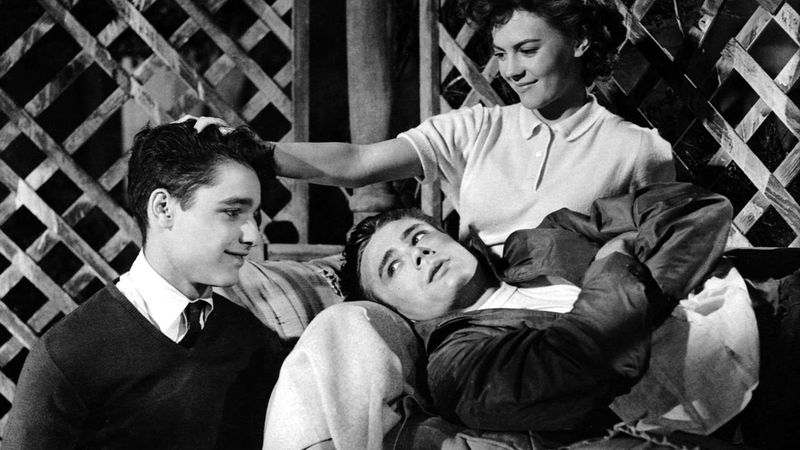
James Dean’s red jacket became an instant symbol of teenage rebellion in this groundbreaking film. His portrayal of troubled teen Jim Stark captured the previously unexplored emotional landscape of American youth.
Released shortly after Dean’s tragic death, the film examines juvenile delinquency with unprecedented sympathy. The famous “chicken run” scene, where teenagers race stolen cars toward a cliff edge, remains one of cinema’s most intense moments of peer pressure gone wrong.
Many millennials discover this film through fashion references or Dean’s iconic image, then stay for its surprisingly relevant exploration of parental disconnection and teenage alienation. Its vivid Technicolor visuals still pop with energy nearly seven decades later.
7. West Side Story (1961)
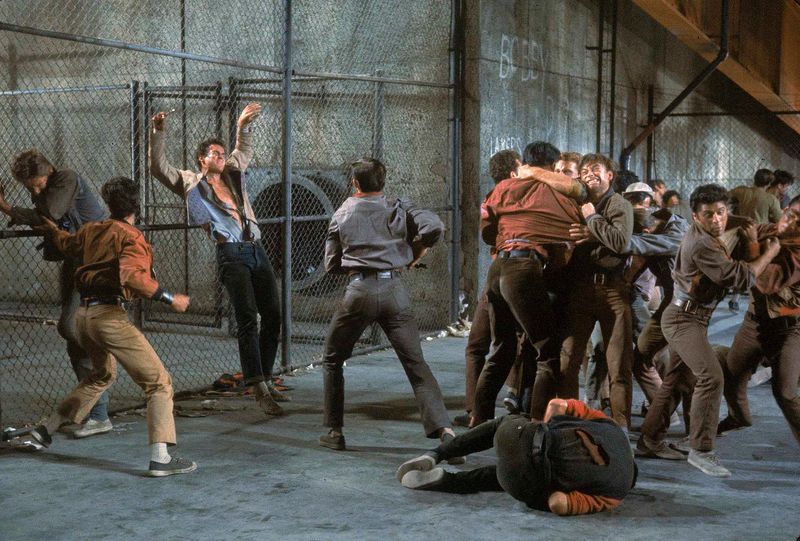
Finger-snapping gang members dancing through New York alleyways reimagined Romeo and Juliet for the modern era. This revolutionary musical tackled racial tension, immigration, and forbidden love with stunning choreography and Leonard Bernstein’s unforgettable score.
The film’s vibrant colors and Jerome Robbins’ athletic choreography created a visual language that influenced music videos for decades. Songs like “America” and “Tonight” remain cultural touchstones, their lyrics examining the immigrant experience with nuance rare for the era.
Younger viewers often discover West Side Story through school performances before seeking out the original film. Many express surprise at how the film’s examination of prejudice and violence remains painfully relevant today.
8. Lawrence of Arabia (1962)
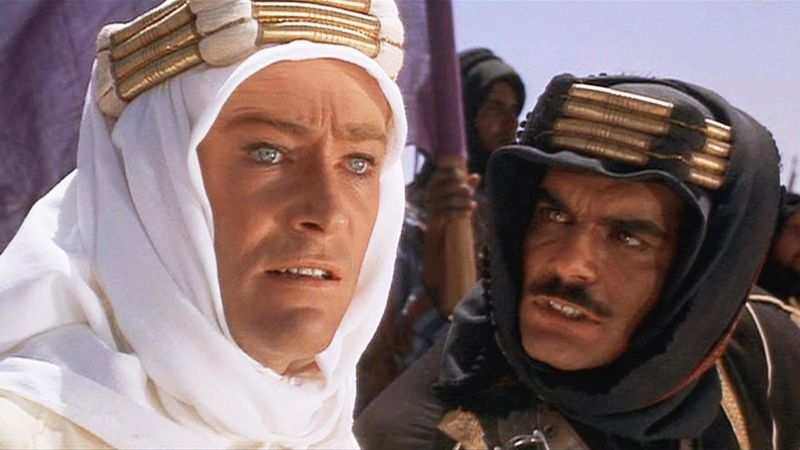
That endless desert shot where Omar Sharif emerges from a mirage demonstrates why this epic demands to be seen on the biggest screen possible. Peter O’Toole’s piercing blue eyes and complex portrayal of T.E. Lawrence created one of cinema’s most fascinating character studies.
Director David Lean’s masterpiece redefined what epic filmmaking could achieve, with sweeping desert landscapes and intimate psychological portraits. The film’s nearly four-hour runtime allows for a nuanced examination of colonialism, war, and personal identity that feels thoroughly modern.
Many millennials discover this classic through film school or “greatest movies” lists, often expressing awe at how its visual grandeur surpasses CGI-heavy modern blockbusters.
9. Psycho (1960)
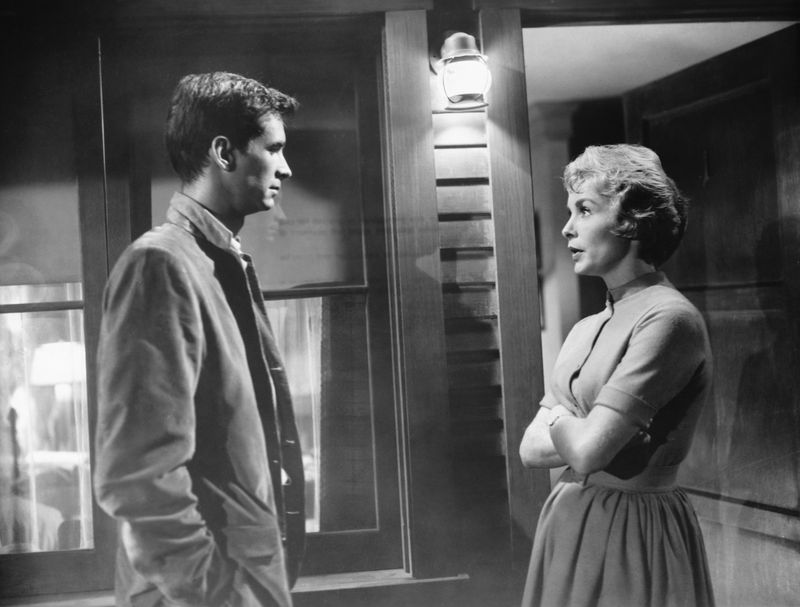
The shower scene changed horror forever. Alfred Hitchcock’s masterpiece shocked audiences with its brutal killing of its apparent protagonist less than halfway through the film.
Shot in black and white on a tight budget, Psycho relied on suggestion rather than explicit gore, proving that what audiences imagine can be far more terrifying than what they see. Anthony Perkins’ performance as Norman Bates created the template for the psychological villain, his seemingly normal exterior hiding something profoundly disturbed.
Young film enthusiasts often discover Psycho through references in modern horror or through film studies. Many express surprise at how effectively it builds tension despite lacking modern special effects or explicit violence.
10. The Sound of Music (1965)

Julie Andrews spinning on that Austrian mountainside created one of cinema’s most joyful moments. This beloved musical follows Maria, a free-spirited novice nun who becomes governess to the seven children of a strict naval captain.
Beyond its catchy songs and stunning Alpine scenery lies a story about standing against fascism as the von Trapp family flees Nazi-occupied Austria. The film’s perfect balance of sweetness and substance has made it a perennial favorite for family viewing across generations.
Many millennials first encounter this classic through childhood viewings with grandparents or parents. The film’s sing-along appeal and themes of finding courage make it rare entertainment that genuinely appeals to all ages.
11. Guess Who’s Coming to Dinner (1967)
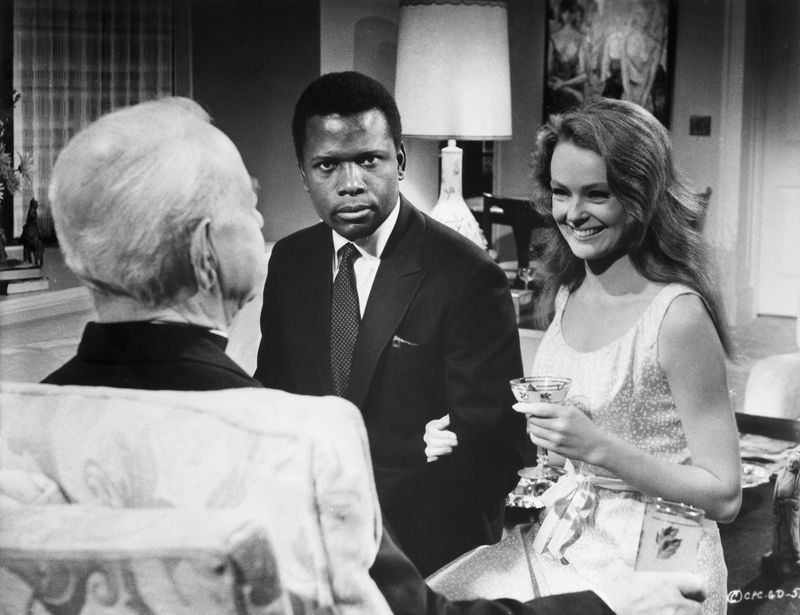
Spencer Tracy’s final performance anchors this groundbreaking examination of interracial marriage released just months after such unions became legal nationwide. The film centers on a progressive white couple whose values are tested when their daughter brings home her Black fiancé, played by Sidney Poitier.
Director Stanley Kramer tackled racial prejudice with remarkable directness for 1967, creating dialogue that still resonates today. Katharine Hepburn and Tracy (real-life partners) bring emotional weight to their roles as parents confronting their own unconscious biases.
Young viewers often express surprise at the film’s forthright discussion of race, proving how some “dated” classics actually remain ahead of their time.
12. Cool Hand Luke (1967)
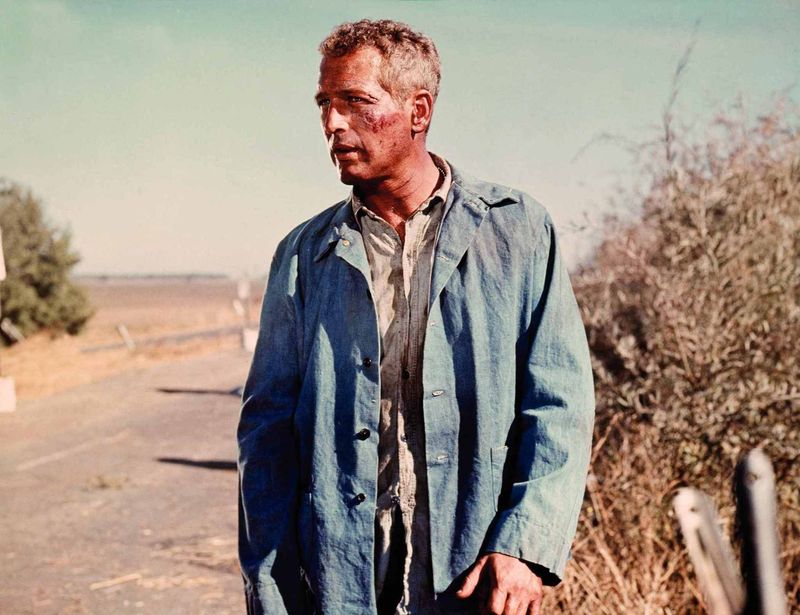
“What we’ve got here is failure to communicate.” This iconic line from the prison warden epitomizes Paul Newman’s defiant character Luke Jackson, a minor offender whose rebellious spirit makes him a hero to fellow inmates.
The egg-eating contest and car-washing scene became cultural touchstones, but beneath the memorable moments lies a powerful examination of institutional authority and individual freedom. Newman’s piercing blue eyes and charismatic smile create an unforgettable anti-hero whose refusal to conform inspires those around him.
Many millennials discover this classic through its countless references in modern media. They often connect with its themes of resistance against dehumanizing systems that feel increasingly relevant today.
13. Dr. Strangelove (1964)

Stanley Kubrick transformed nuclear annihilation into dark comedy with this satirical masterpiece. Peter Sellers’ three distinct roles, including the wheelchair-bound ex-Nazi scientist Dr. Strangelove, showcase his remarkable versatility.
The film’s war room scenes feel disturbingly plausible, while its absurdist humor highlights the madness of mutually assured destruction. The iconic finale with Slim Pickens riding a nuclear bomb like a rodeo cowboy remains one of cinema’s most powerful images.
Young film enthusiasts often discover this classic through college film courses or recommendations from comedy fans. Many express surprise at how its political satire remains razor-sharp despite the Cold War being long over, proving great satire transcends its immediate context.
14. To Kill a Mockingbird (1962)
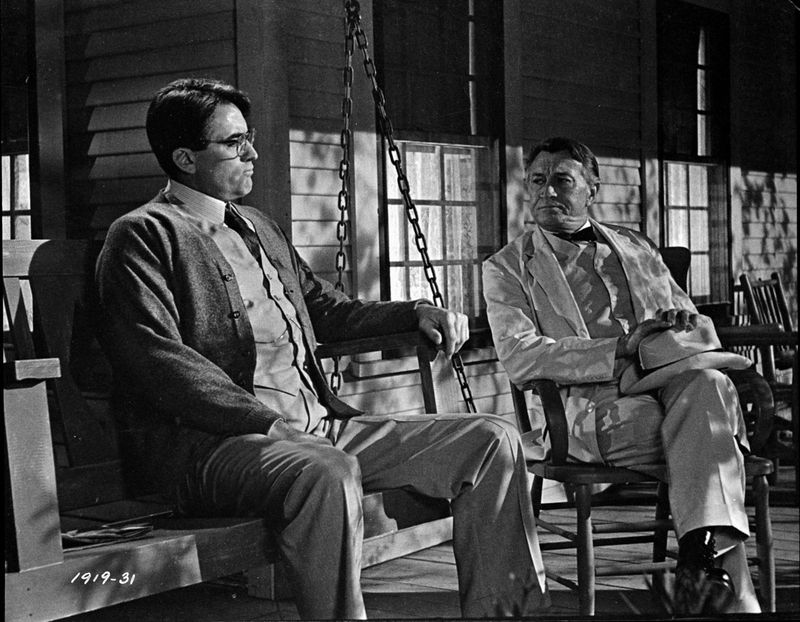
Gregory Peck’s portrayal of Atticus Finch created cinema’s most enduring moral hero. His quiet dignity as a lawyer defending a Black man falsely accused of rape in 1930s Alabama continues to inspire viewers and real-world attorneys alike.
The film’s perspective through the eyes of children Scout and Jem creates a powerful innocence-to-experience journey. Robert Mulligan’s direction captures both the warmth of childhood summers and the chilling reality of American racism with equal authenticity.
Many millennials first encounter this story through the novel in school before discovering the film. They often express surprise at how effectively it translates Harper Lee’s beloved prose into equally powerful visual storytelling.
15. Chinatown (1974)
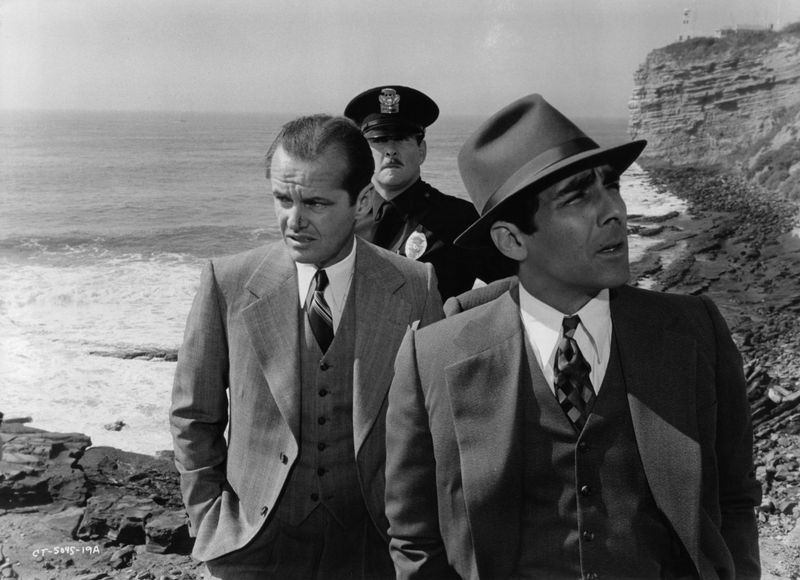
“Forget it, Jake. It’s Chinatown.” This haunting final line encapsulates the moral ambiguity of Roman Polanski’s neo-noir masterpiece. Jack Nicholson’s performance as private detective Jake Gittes investigating corruption in 1930s Los Angeles water rights created a new template for the cynical protagonist.
The film’s sun-drenched cinematography contrasts beautifully with its dark subject matter. Faye Dunaway brings complexity to her mysterious client whose personal secrets prove more disturbing than the conspiracy Gittes uncovers.
Young film enthusiasts often discover Chinatown through its reputation as a perfect screenplay. Many express surprise at its sophisticated plotting and devastating ending that refuses the comfort of justice prevailing.
16. One Flew Over the Cuckoo’s Nest (1975)
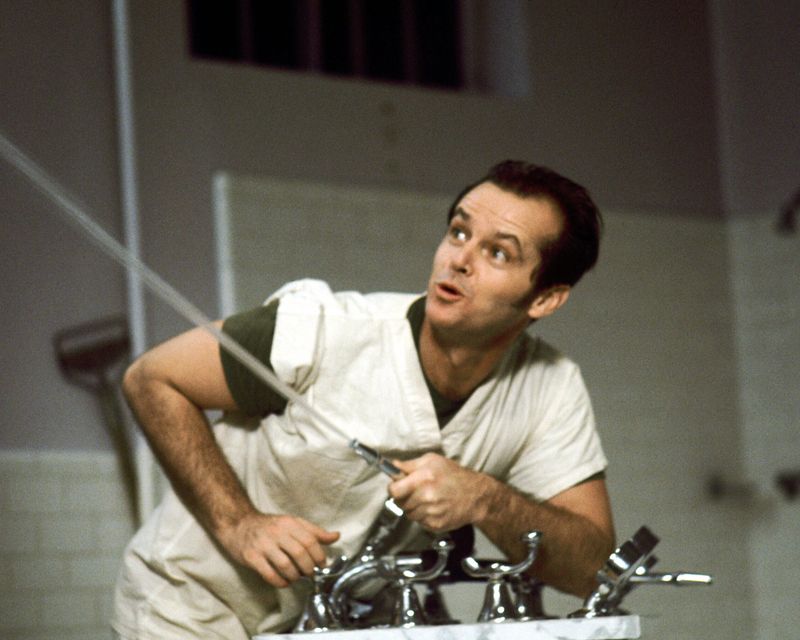
Jack Nicholson’s rebellious psychiatric patient Randle McMurphy challenging Louise Fletcher’s terrifyingly calm Nurse Ratched created cinema’s most memorable battle of wills. Their power struggle within an Oregon mental institution examines profound questions about freedom, conformity, and institutional control.
The film’s supporting cast of patients, including a young Christopher Lloyd, brings humor and humanity to what could have been stereotypical roles. Chief Bromden’s eventual escape provides a bittersweet victory after McMurphy’s tragic fate.
Millennials discovering this classic often comment on its relevance to modern discussions about mental health treatment and personal autonomy. The film’s academy award sweep (winning all five major Oscars) speaks to its enduring power.

Comments
Loading…